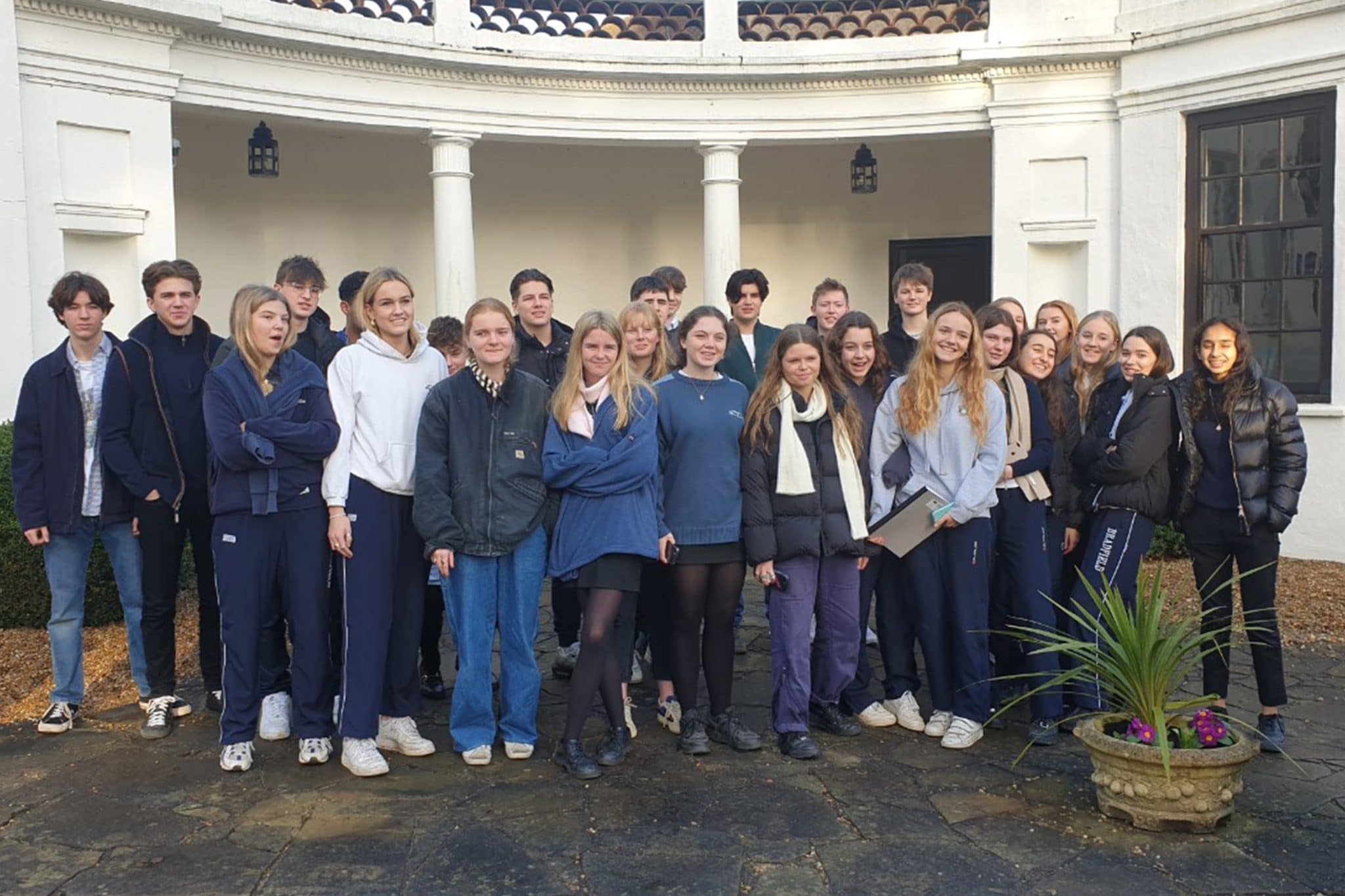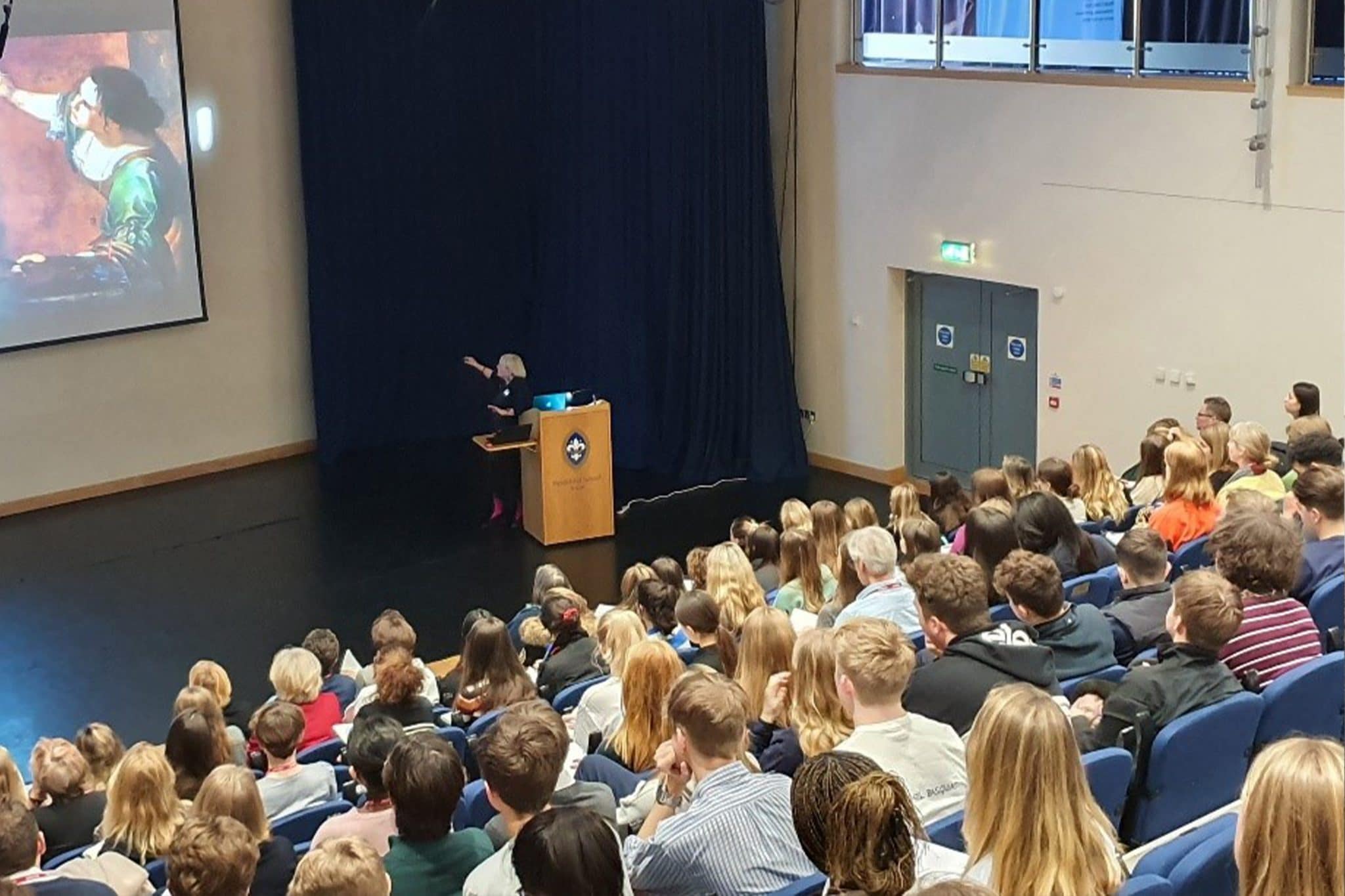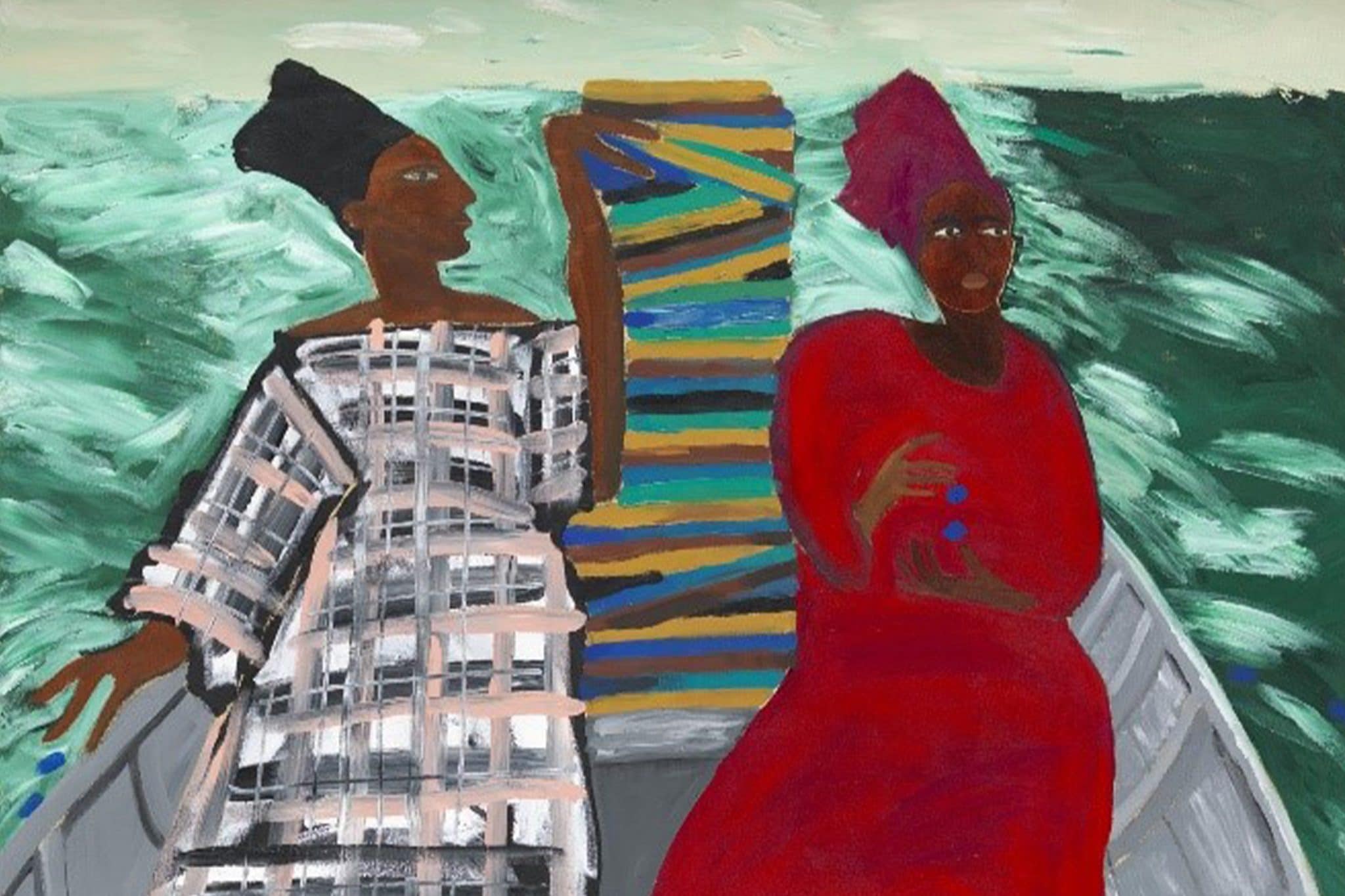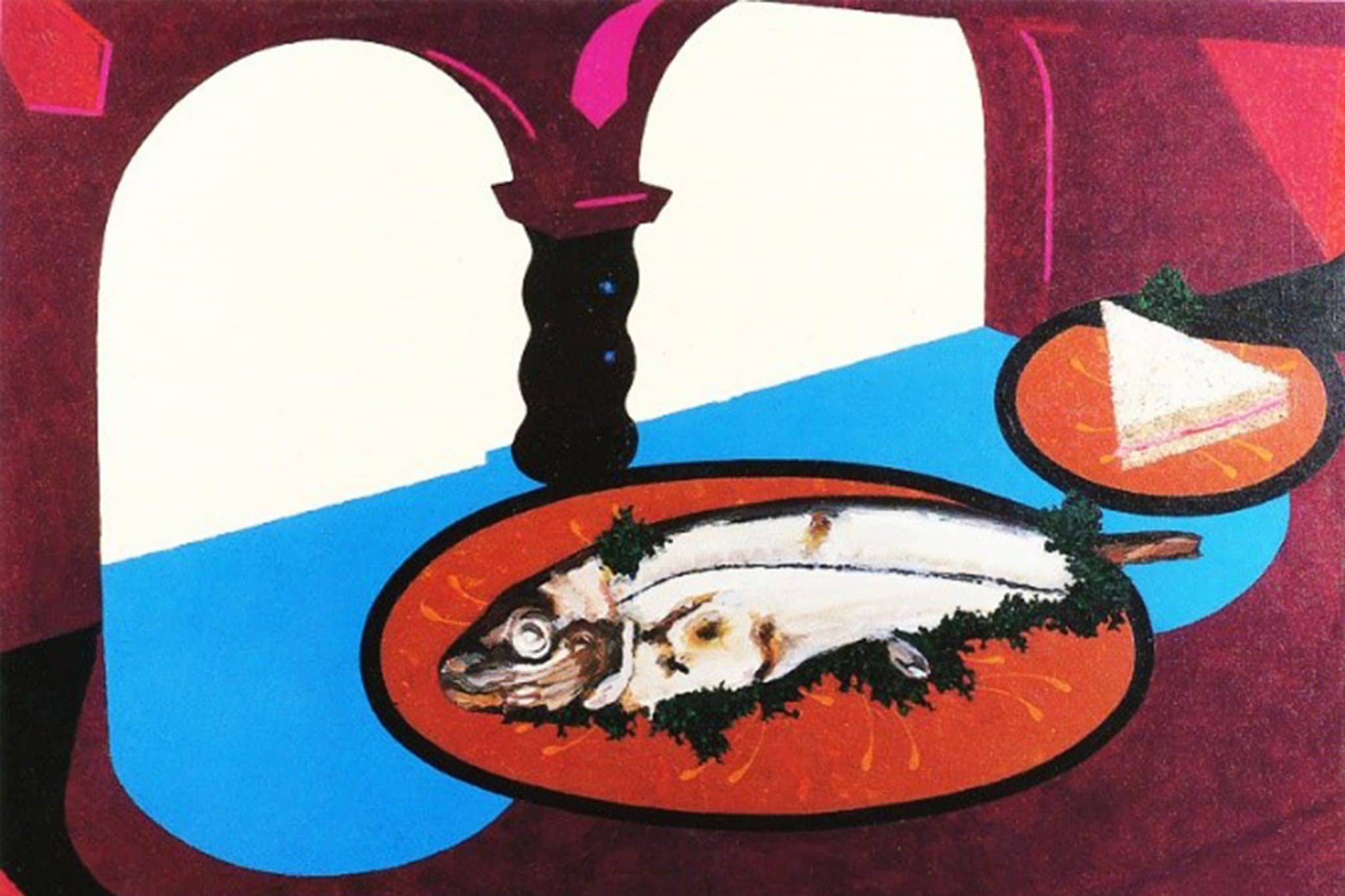Lower Sixth History of Art conference

All Lower Sixth art historians attended a History of Art Conference at Heathfield School on Saturday (1 February). It had a fantastic line-up of eminent art historians who spoke about ‘Identity in Art’, one of our A Level modules.
The diversity of approaches to the discipline was a real eye-opener to the pupils – it was great for them to hear from academics who are not teaching to the specification but writing ground-breaking research on the theme.
Griselda Pollock, Professor Art History at the University of Leeds, explored the current need to look at Art History through a transcultural lens while Richard Stemp, Author and Lecturer, showed us how much we can learn about a sitter’s identity from what is, but also what isn’t included in a portrait.
Finally, Andrew Graham-Dixon, Author and Broadcaster, showed us how our own identity impacts our reading of paintings. The narrative style of his delivery had us all holding our breath for his conclusions.

Here are some thoughts about the conference from our pupils:
“Yesterday’s conference opened our minds to different ideas and views on many works of art. It was amazing to hear the speakers talk about History of Art with such passion and the importance of the subject. Art can convey emotional, political, historical and social themes, having the power to change views.”
Otta (J)
“It was fascinating listening to what Griselda Pollock had so say on identity in general and on the artist Lubaine Humia. The speaker mentioned the term ‘self-fashioning’ which I feel will be a very useful term to use in essays. Richard Stemp was extremely engaging and I loved how he focused on Jan Van Eyck. His views on the Arnolfini portrait and the Ghent altarpiece will be so useful to add to my notes.
The final talk by the prominent Andrew Graham-Dixon was inspiring. I loved how he spoke about Turner, Patrick Caulfield and Jasper Johns, all of whom I have studied in Art. I also loved how he said that a work of art only exists when you look at it and in your consciousness; it’s your own identity. Overall, it was an excellent morning, with useful, engaging lectures.”
Tati (J)

“I thought the conference was most insightful on the theme of Identity. The first speaker gave an insight into women artists’ identity in the Baroque period and how their gender affected self-portraiture.
The Art Historian also taught us about the lack of identity for black women in art and how that is now being redressed by artist such as Lubaine Humia.
The second lecture was about an artist who we study, Van Jan Eyck. The detail of his research has given us a deeper understanding of the paintings.
Lastly, Andrew Graham-Dixon explored cultural identity through the depictions of objects and symbolism. For example, how a painting of the American flag can be about the anti-establishment feelings of the artist. I really enjoyed the day as it gave me an entertaining, deeper knowledge of the subject.”
Georgia (K)
“I though the conference was very useful; the first speaker highlighted the presence of female identity in art while the second was especially useful as he broadened my understanding of Van Eyck’s methods. Listening to Andrew Graham-Dixon was thoroughly enjoyable as he explored the identity of many different subjects that one might never have come across.”
Fergus (A)
“The conference yesterday was fascinating with some good points about the Ghent altarpiece that we had not covered in class. Also, I really enjoyed the lecture on racial identity and the final lecture was quite funny. I had no idea History of Art could be a funny topic and so controversial.”
Arthur (D)


